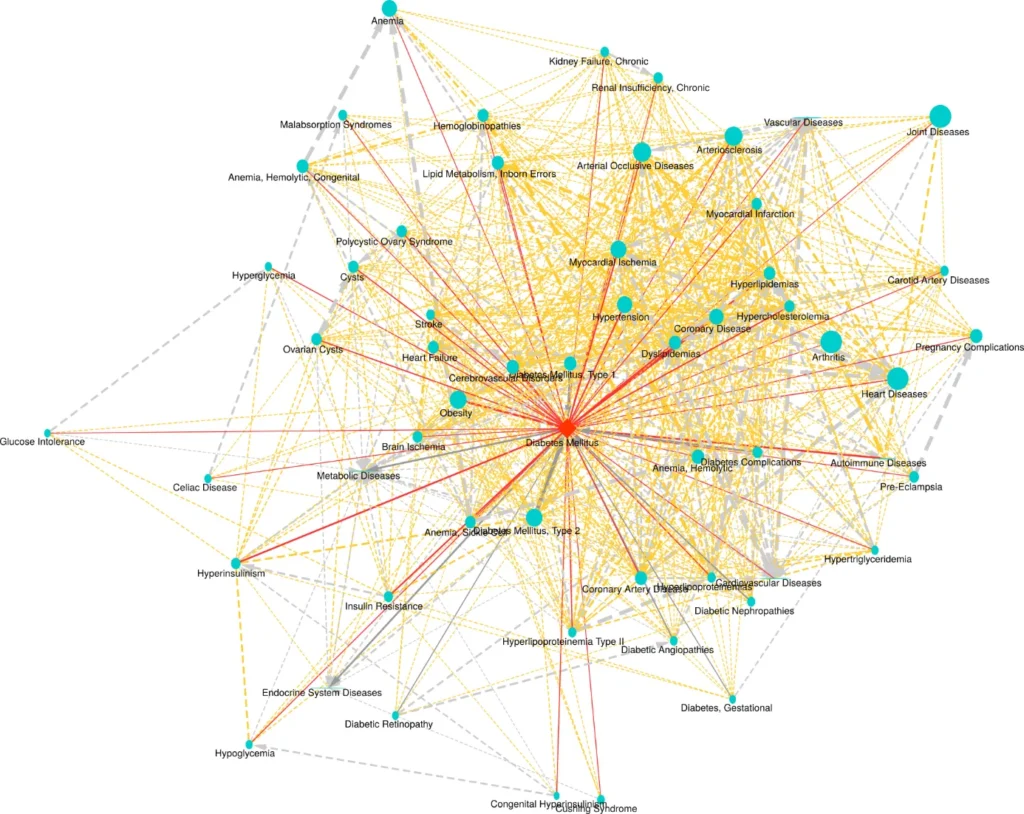Human PSD database
(incl. all content of TRANSFAC BASIC and of TRANSFAC PATHWAYS)
HumanPSD reports detailed information about the role of human proteins as biomarkers in diseases. Information can be retrieved on the molecular functions, biological roles, localization, and modifications of proteins, expression patterns across cells, tissues, organs, and tumors, consequences of gene mutations in mice, and the physical and regulatory interactions between proteins and genes.
Disease similarity by common biomarkers

